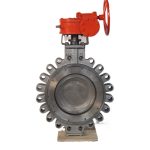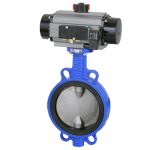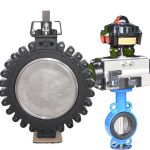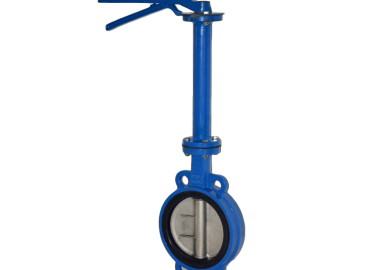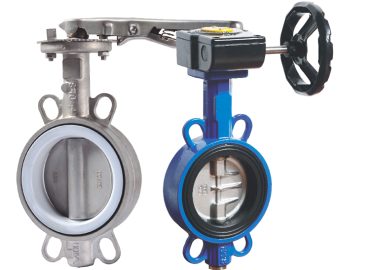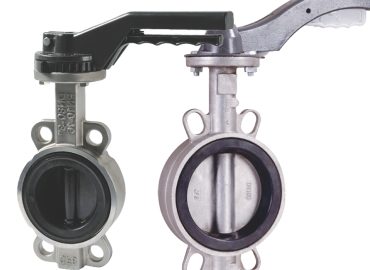PVC and UPVC valves are two of the most common types of valves used for controlling and regulating water flow in residential, commercial, and industrial piping systems. While they share many similarities, there are some important differences between standard PVC (polyvinyl chloride) and UPVC (unplasticized polyvinyl chloride). Each type of butterfly valve offers different advantages, so it’s important to understand the differences before deciding which type is best suited for your needs. In this article we will break down the key features of each type of valve and compare their benefits and drawbacks.
Introduction
The main difference between standard PVC and UPVC is the composition of materials. Standard PVC is made from polyvinyl chloride (PVC) blended with a range of plasticizers, stabilizers and colorants, whereas UPVC is made from unplasticised polyvinyl chloride (UPVC) which does not contain any plasticisers or additives. This means that UPVC valves generally offer greater stability and durability than their standard PVC counterparts. In terms of performance, UPVC valves also tend to perform better as they are less likely to be affected by temperature or chemical corrosion.
Valves come in a variety of shapes and sizes, but all perform the same basic task – controlling and regulating water flow. The most common types of valves used in residential, commercial and industrial plumbing systems are ball valves, gate valves, check valves and globe valves. Ball valves feature a spherical shape with a circular hole or port to manage water flow by turning the valve handle. The simple design makes them highly efficient, however they are not suitable for applications requiring fine control of water pressure. Gate valves have an extended body typically made from metal and feature a circular-shaped plate that can be raised or lowered to control flow. They offer good durability and are commonly used for process control in larger piping systems. Check valves allow unidirectional flow and prevent backflow by using levers or flappers internally to close off when pressure changes occur upstream. Globe valves have a more complex design featuring two discs that move within the valve body – this allows for precise adjustment of water flow while maintaining low friction losses. All these different types of valves offer unique benefits depending on their application, so it’s important to understand the differences between each one before making your selection.

Standard PVC Valves
Standard PVC valves are a popular choice for plumbing systems due to the material’s affordability, durability and corrosion resistance. Made from polyvinyl chloride (PVC) blended with a range of plasticisers, stabilizers and colourants, these valves are designed to provide low friction losses and reliable performance even under high pressure. Their simple design means they require minimal maintenance and can be easily replaced if necessary. They are primarily used in residential water systems or other applications where frequent regulation of water flow is not required. Standard PVC valves generally offer excellent value for money, making them a great option for budget-conscious customers.
Advantages of Standard PVC Valves
Standard PVC butterfly valve offer a wide range of advantages compared to other types of valves, making them an ideal choice for many applications. The first and most obvious benefit is their affordability – they are usually much more cost effective than other materials such as brass or steel. Additionally, PVC valves are highly resistant to corrosion, chemicals and abrasion, providing users with long lasting results. They also require minimal maintenance which can help reduce costs in the long run. Finally, PVC valves are lightweight and very easy to install and replace – this makes them an attractive choice for DIY projects or small scale plumbing jobs.
Disadvantages of Standard PVC Valves
Standard PVC valves do have some drawbacks that should be taken into account when selecting the right option for a job. One potential issue is their low temperature tolerance – they are not recommended for areas where the temperature may reach up to 60°C or higher, as they can become brittle and begin to break down. Additionally, although they are usually resistant to chemicals, certain high concentrations of aggressive compounds can cause damage and weaken them over time. Finally, these valves may require more frequent replacement than other types due to their increased wear and tear.

UPVC Valves
UPVC valves are a great choice for many applications, due to their numerous advantages. Unlike standard PVC valves, UPVC valves are able to withstand higher temperatures, making them suitable for a wider range of environments. Additionally, UPVC’s chemical and abrasion resistance means that it will remain robust and sturdy even under extreme conditions. What’s more, UPVC is much easier to install than other types of valves due to its lightweight design. This makes them very cost effective in terms of labour costs as the installation process is much faster than with heavier materials such as brass or steel. Furthermore, UPVC requires less maintenance compared to other materials and therefore can help reduce costs in the long run. Finally, their longevity means that they provide excellent value for money – therefore eliminating the need for frequent replacement as with some other valve types.
Advantages of UPVC Valves
UPVC valves are an ideal choice for many applications, due to their numerous advantages. Unlike standard PVC valves, UPVCs are able to withstand higher temperatures and are more resistant to chemicals and abrasion. They also require less maintenance than other types of valves such as brass or steel, making them a cost-effective option in the long run. Furthermore, their light weight and easy installation process makes it much easier and quicker to install them compared to heavier materials. Additionally, UPVC valves provide excellent longevity, meaning that they require less frequent replacement than some other valve types – providing great value for money over time.
Disadvantages of UPVC Valves
Despite their numerous advantages, UPVC valves also have some drawbacks. These valves are not suitable for applications with intense pressure or temperatures, as they may become damaged or even melt in some cases. Furthermore, since UPVC is a form of plastic, it does not conduct electricity – making it an unsuitable choice for certain electrical applications. Additionally, these valves can be more difficult to find and more expensive than other valve types. Finally, due to the nature of the material, UPVC has a shorter lifespan than non-plastic options such as brass or steel.
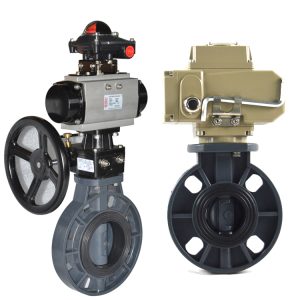
Comparing The Benefits and Drawbacks Of Each Valve Type
When deciding on the right valve for your application, it’s important to understand both the benefits and drawbacks of each type. For example, PVC valves are well suited for low-pressure applications, as they can withstand temperatures up to 140 degrees Fahrenheit. However, they cannot handle high pressure and may become damaged if exposed to too much heat. Brass and steel valves are better suited for higher pressure applications and provide greater longevity than PVC, but they can be more expensive and heavier than plastic options. UPVC is an excellent choice for many applications due to its resistance to chemicals, abrasion and elevated temperatures – plus it is light weight and easy to install. However, it does not conduct electricity well and has a shorter lifespan than non-plastic materials. Ultimately the best option depends on individual needs and requirements – understanding the benefits and drawbacks of each type can help ensure you select the best fit for your application.
Conclusion
When it comes to valves for water systems, both PVC and UPVC have their advantages and disadvantages. Standard PVC is suitable for low-pressure applications due to its ability to withstand temperatures up to 140 degrees Fahrenheit, making it a great option for many water systems. UPVC offers greater resistance to chemicals, abrasion and elevated temperatures than standard PVC, and is lightweight which makes it easier to install. However, UPVC does not conduct electricity well and has a shorter lifespan than non-plastic materials. Ultimately the best valve type depends on individual needs and requirements – understanding these differences can help you select the right valve for your water system.



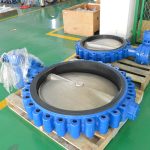
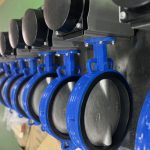
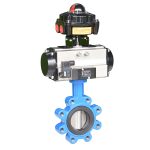
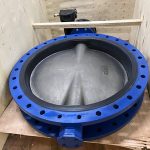
-150x150.jpg)
